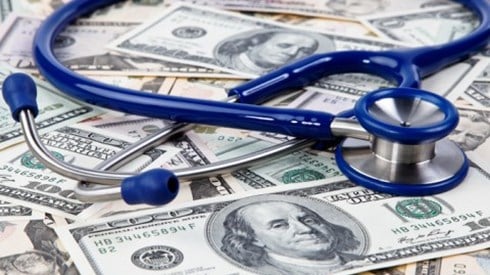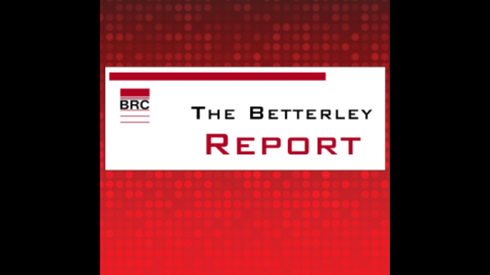Healthcare System Catastrophic Claims Costs Rising

October 16, 2018

In a statement, Aon said the cost of extreme, or catastrophic, professional liability claims is increasing at a rate higher than typical self-insured claims, which are trending at 2 percent annually, according to the Aon/American Society for Healthcare Risk Management Hospital and Physician Professional Liability Benchmark report.
"Even though the typical professional liability claims environment is stable, the Aon/Beazley analysis of excess claims suggests that the driver of the changing environment is the cost of extremely large claims. The frequency of claims above $5 million is increasing, and they are trending at higher rate," said Virginia Jones, FCAS, MAAA, associate director and actuary at Aon. "Obstetrics claims and higher risk jurisdictions are contributing to this uptick in large claims, making it vital that healthcare systems have the risk management know-how to appropriately deal with a large claim should one occur."
One of the ways organizations can gain intelligence to ultimately reduce costs is by utilizing root cause analysis. New this year, the study included insight from Coverys into how to approach root cause analysis and its benefits. Focusing on the root cause of medical malpractice areas within an organization can help organizations identify and promote best practices to improve the consistency and reliability of the healthcare delivery model.
Among other factors, the 2018 study analyzed data based on three new demographic comparisons as follows.
- High-risk regions—The loss rate and claim severity for professional liability were approximately double for high-risk regions, including Connecticut and Illinois; South Florida; Cook County and New York County; and Washington DC, compared to all other regions. This is attributable to high-risk regions being generally more litigious and challenging for professional liability claims.
- University health systems—University health systems typically serve more acute patients who need specialized and focused medical treatment. Thus, while university health systems experience on average more severe claims than nonuniversity systems, the frequency at which claims are experienced is lower.
- Children’s hospitals—Similar to university health systems, children's hospitals have the ability to treat acutely ill children. As a result, data shows that professional liability claim frequency and loss rates are consistently lower for children's hospitals than nonchildren's hospitals, yet the average cost of claims is higher for children’s hospitals.
Other statistics from the report include the following.
- The projected loss rate for hospital professional liability is $2,860 per occupied bed equivalent for events occurring in 2019. The frequency of claims is projected to be 1.58 per 100 occupied bed equivalents, and the severity of claims is expected to be $181,000 per claim.
- The projected loss rate for obstetrics claims occurring in 2019 is $182 per birth, and the projected loss rate for emergency department claims is $5.73 per visit.
- The projected loss rate for physician professional liability is $5,540 per class 1 (internal medicine) physician for events occurring in 2019. The frequency of claims is projected to be 3.55 per 100 class 1 physicians, and the severity of these claims is expected to be $156,000 per claim.
- The projected loss rate for hospital general liability is $145 per occupied bed equivalent, and the average general liability claim is expected to be $44,000 for claims occurring in 2019.
- Labor- and delivery-related issues, with an average value over $400,000, continue to be significantly more severe than claims related to other allegations.
- Findings indicate that respondents, on average, employ 1 full-time risk management professional for every 100 occupied beds.
- Projected hospital professional liability and physician professional liability loss rates are increasing at a 2 percent annual rate.
October 16, 2018




